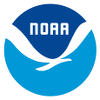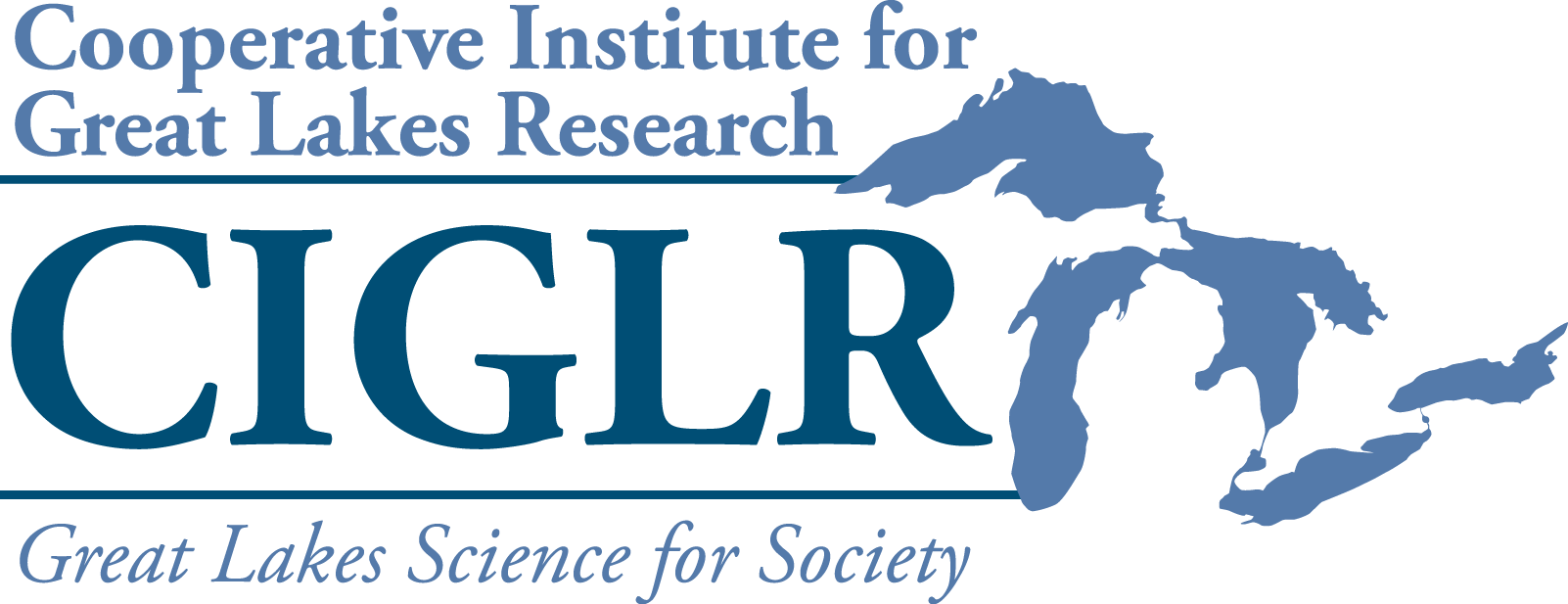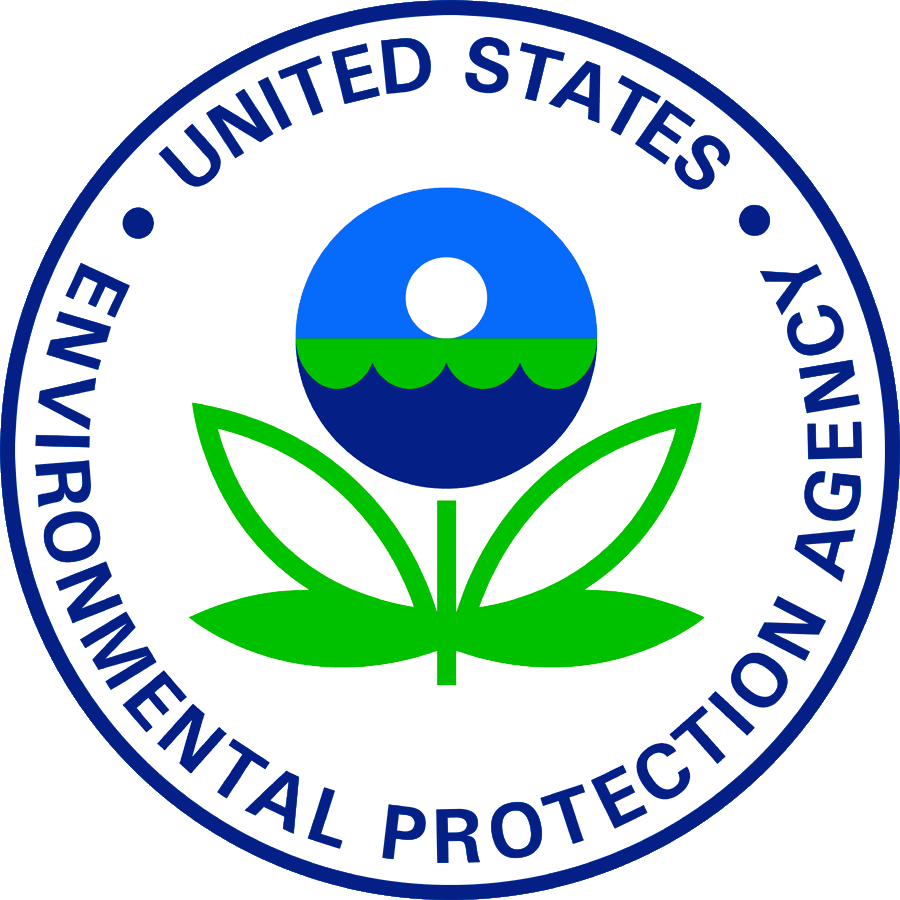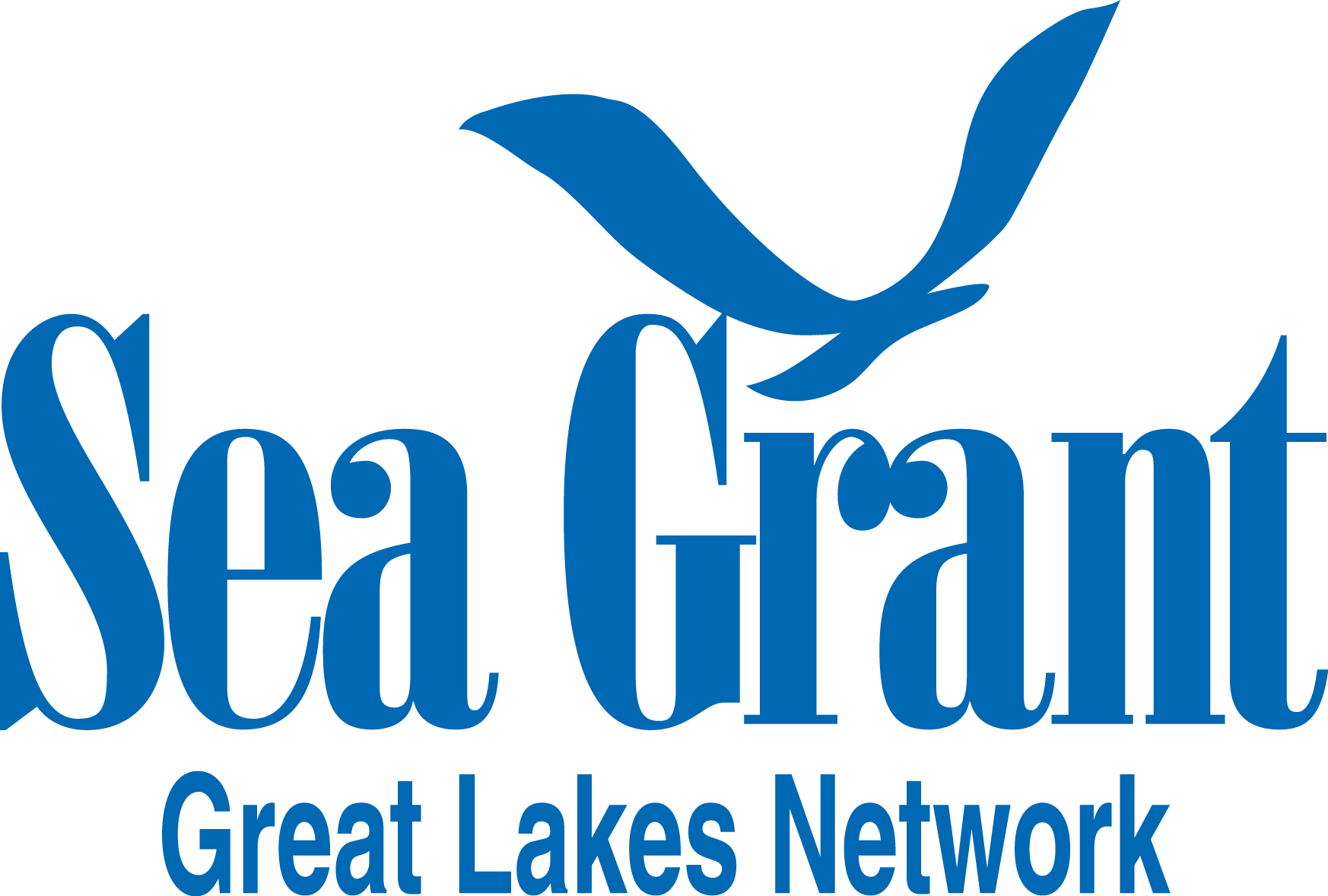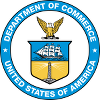GLANSIS serves as the Laurentian Great Lakes' "one-stop shop" for information on aquatic nonindigenous species (ANS). The site provides the best available information to limit the introduction, spread, and impact of ANS in the Great Lakes by providing a comprehensive set of tools including species profiles, a custom-generated list of invaders, a mapping tool, risk assessments, and more. Learn more about the history of the GLANSIS program here.
GLANSIS provides information exclusively on aquatic nonindigenous species in the entire Laurentian Great Lakes region, rather than on national or state-level boundaries. The species included in GLANSIS are wholly aquatic taxa: this means that we do not provide data on reptiles, amphibians and waterfowl, since they spend substantial portions of their lives outside the water. We also include facultative wetland plants in our target species.
Unlike some other invasive species databases, GLANSIS relies on professionally verified data to ensure accuracy and reduce the probability of false reports or misidentification. GLANSIS has data-sharing agreements with most online databases (MISIN, EDDmapS, iMapInvasives, and others) but include only those portions of their data which have been verified by experts. The GLANSIS site is most closely affiliated with the USGS Nonindigenous Aquatic Species (NAS), which focuses on inland fresh waters across the entire United States (see below for more details).
Species profiles and maps are reviewed and updated in a five-year cycle, but high-impact species may be updated more frequently. New watchlist or established species will be added as soon as they are identified as an emerging concern.
GLANSIS is part of a data-sharing agreement with other regional databases to update species mapping information.
Data-sharing arrangements via USGS-NAS
Please note the links below are external to NOAA-GLERL
| Data source | Upload frequency | URL for possible more recent data |
|---|---|---|
| GBIF | Annual | https://www.gbif.org/ |
| iNaturalist | Annual (data verified by USGS only) | https://www.inaturalist.org/ |
| iMapInvasives PA | Annual | https://www.paimapinvasives.org/ |
| iMapInvasives NY | Annual | https://www.nyimapinvasives.org/ |
| EDDMapS | Biannual | https://www.eddmaps.org/tools/query/ |
| MISIN | Biannual | https://www.misin.msu.edu/ |
| WI DNR | Biannual | https://dnrx.wisconsin.gov/swims/viewRoi.html |
| MN DNR | Via EDD Maps | https://www.dnr.state.mn.us/invasives/ais/infested.html |
| Southwest Environmental Information Network (SEINet) | Aperiodic | https://swbiodiversity.org/seinet/index.php |
| Indiana Plant Atlas | Aperiodic | www.indiana.plantatlas.usf.edu/ |
| New York Flora Atlas | Aperiodic | newyork.plantatlas.usf.edu/ |
MN, IL, IN, OH provide reports to EDDMapS. Michigan provides reports to MISIN.
Data resources routinely harvested by GLANSIS with profile updates (~5 year)
| Data source | URL |
|---|---|
| GLIFWC | maps.glifwc.org/ |
| USDA PLANTS (county centroid data) | https://plants.sc.egov.usda.gov/ |
| Peer-reviewed English language literature | |
| Reports obtained by direct contact to researchers/agencies |
Direct submission of verified species reports to either USGS-NAS or to any member of the GLANSIS staff are added as quickly as possible.
GLANSIS is a regional node of the USGS Nonindigenous Aquatic Species database which uses data specific to the Great Lakes region. This regional focus is important because some species that are native to parts of the United States are considered invasive in others, such as the red swamp crayfish: while native to the southern US, it inflicts ecological damage after having being introduced to the Great Lakes region. GLANSIS provides region-specific information to reduce confusion over the ecological status of species that may be native to one portion of the country but are considered invaders in the Great Lakes.
The types of ANS included in GLANSIS and USGS NAS also differ:
- GLANSIS provides data on emergent wetland plants, algae and microbes that are not included in the NAS public interface. NAS includes reptiles and amphibians that are not tracked by GLANSIS.
- NAS includes data for all sightings of nonindigenous species regardless of status, but GLANSIS only tracks and serves information for those which are established below the ordinary high water mark of the Great Lakes (established and range expansion lists) and those assessed as at a high probability of becoming established there (watchlist).
- GLANSIS profiles include additional information on impact, risk assessment, management, and control specific to the Great Lakes that is not included in NAS. While GLANSIS reference data is all available via the NAS Reference search, we provide additional enhanced searches and comparisons for risk assessment literature.
This depends in part on what data you use. Always use the citation closest to the original source of the data.
A particular record
(e.g. the first record of quagga mussels in the Great Lakes)
Click the specific point on the map or in the table to get to the record and cite the original
source (e.g. Mills et al, 1993). If using a photo, use the original credit which appears below the image. In the rare cases where we don’t list a source (mostly
personal communications directly to us) simply cite as “USGS NAS”.
Species profiles or multiple Great Lakes records for one species
Use the citation which appears at the bottom of the profile for that species which acknowledges the individual authors who compiled and verified the information for
that species.
Example: Benson, A.J., Richerson, M.M., Maynard, E., Larson, J., Fusaro, A., Bogdanoff, A.K., and Neilson, M.E., 2018, Dreissena rostriformis
bugensis (Andrusov, 1897): U.S. Geological Survey, Nonindigenous Aquatic Species Database, Gainesville, FL, and NOAA Great Lakes Aquatic Nonindigenous Species
Information System, Ann Arbor, MI, https://nas.er.usgs.gov/queries/greatLakes/FactSheet.aspx?SpeciesID=95&Potential=N&Type=0&HUCNumber=DGreatLakes, Revision Date:
10/22/2018, Access Date: 10/31/2018.
Custom-created map or data-set generated by the Map Explorer
This combines data for multiple species AND/OR merges GLANSIS data with GLAHF layers. Cite as:
“GLANSIS Map Explorer.” 2017. NOAA and UM-GLAHF.
https://www.glerl.noaa.gov/glansis/mapExplorer.php Accessed on mm/dd/yyyy.
Risk Assessment information accessed through GLANSIS
Cite the original source. If, however, you are using our synthesis/comparison of multiple risk assessments, use:
NOAA. GLANSIS Risk Assessment
Clearinghouse. https://www.glerl.noaa.gov/glansis/riskAssessment.html Accessed on mm/dd/yyyy.
Information accessed through multiple tools, profiles, or other categories
GLANSIS as a whole may be cited as:
NOAA. Great Lakes Aquatic Nonindigenous Species Information System (GLANSIS). https://www.glerl.noaa.gov/glansis/
Accessed on mm/dd/yyyy.
Other citation information
In some cases, particularly when only using AIS records and combining with data outside the Great Lakes basin, it may be more appropriate to cite USGS NAS. All GLANSIS records (map data) reside in the NAS servers (even for species like algae that NAS does not serve publically), though our analysis products for the regional scale are distinct.
We are currently working to integrate Canadian records. Currently, there is no comparable watershed mapping system (HUC8 equivalent) in Canada, which means that records from the other side of the border exist but are unable to be retrieved with our search tools. We have been working to resolve this issue.
You can search for species experts in the ANS Task Force Experts Directory.
See data contribution page for further instructions.
Contact Rochelle Sturtevant at rochelle.sturtevant@noaa.gov.
The GLANSIS team is currently working with the Great Lakes Panel on Aquatic Nuisance Species' Risk Assessment Ad Hoc Committee to scope regional needs for risk assessment information and coordinate with other regional entities in developing an information clearinghouse to meet those needs. We are committed to developing a web-based interface that provides:
- Summary descriptions of applicable risk assessment protocols
- Completed risk assessments that have been conducted by agencies within the Great Lakes region
- Completed risk assessments that have been conducted by jurisdictions outside the Great Lakes for species of interest
What are Risk Assessments?
Risk assessment is a systematic process of evaluating potential risks that may be associated with a particular situation, such as a new invader. Risk assessment reports and tools provide resource managers with information on the risk associated with invasive species. These tools are used to make decisions about how best to regulate invasive species and priorities for investment of limited management resources.
Scope and detail of assessments vary. Risk assessments may address different stages of the invasion process: introduction, establishment, spread and impact. They may focus at different geographic scales (such as risk to a local lake, risk to the Great Lakes region as a whole, risk to the country). Tools may focus exclusively on one vector (such as ballast water) or take a broader approach to potential invasion via multiple vectors.
Risk assessments may be quantitative (using numerical probabilities or descriptors), qualitative (using categorical descriptors) or semi-quantitative (binning quantitative data into meaningful qualitative descriptions). Qualitative approaches are potentially easier to complete but can raise questions of objectivity and consistency, while quantitative approaches are potentially more objective, but are more challenging to complete with available data. Other types of risk assessments use decision trees with risk thresholds or 'expert opinion' surveys.
The Great Lakes Panel on Aquatic Nuisance Species Risk Assessment Ad Hoc committee recommends that a high-level summary of risk assessment methodology include (and indexed by):
- Stages of invasion considered: arrival, survival, establishment (potential to reproduce at a self-sustaining level), spread, impact
- Geographic scope
- Methodology – type of assessment and categorization of risk
- Taxa for which it is (or could be) used
- Review status (such as whether the assessment was peer-reviewed)
GLANSIS does not endorse any particular risk assessment methods or results in preference to others.

